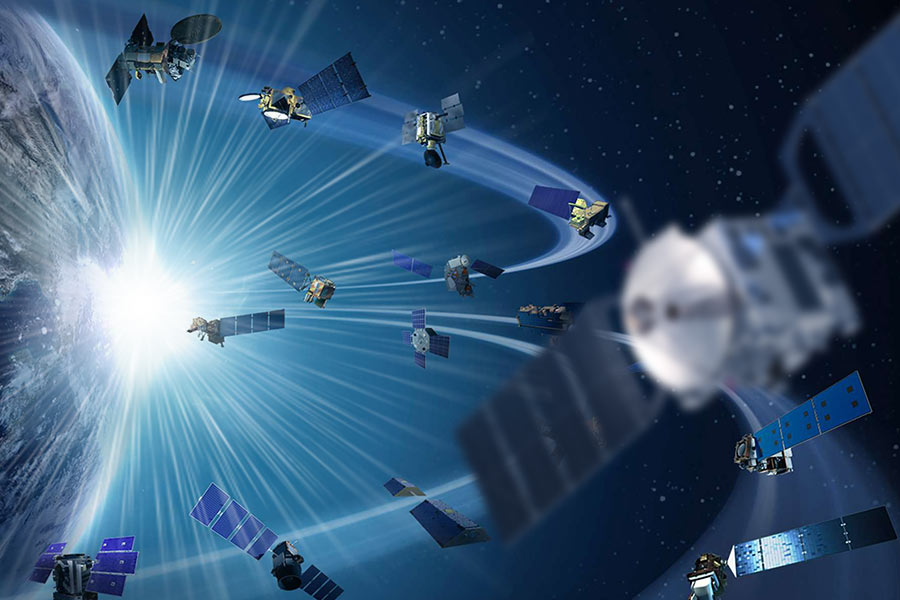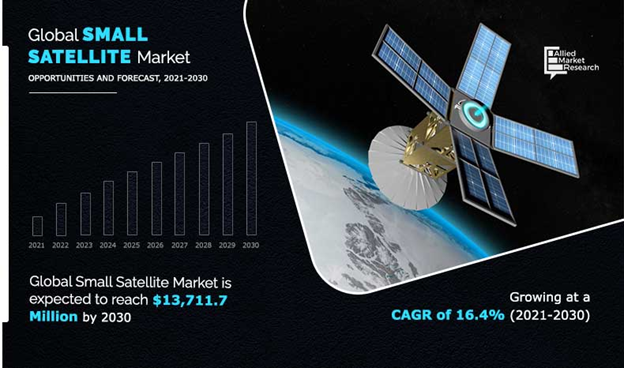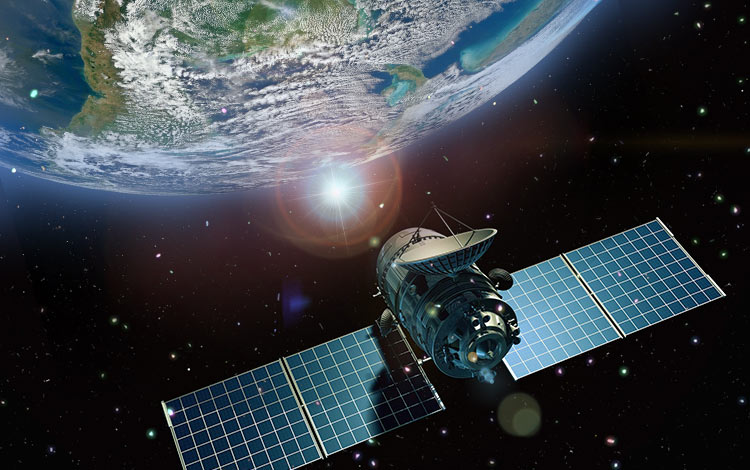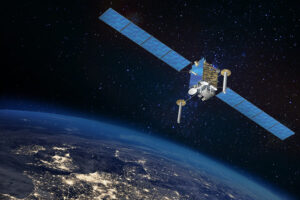Number of Satellites in Orbit This Year May Exceed 3000: What Does It Mean?
1st Nov 2021
What is the number of satellites in orbit? By this question, people mean artificial satellites – spacecraft of various sizes sent into low Earth Orbit with rockets. Artificial satellites have multiple purposes, such as communication, Internet, Earth Observation, geolocation, meteorology, scientific and medical experiments, military purposes, demonstration of various technologies, etc.
The first ever satellite in space
The first satellite was launched into orbit in 1957. It was the Soviet spacecraft Sputnik-1, which simply transmitted signals to Earth and nothing more. However, this very launch marked the beginning of the world’s space race. By the early 1960s, the USSR and USA had several dozen active satellites in orbits, and in 1962, Great Britain with Ariel-1 and Canada joined this list.
Since then, the satellite number in space has been growing steadily. Satellites usually operate for 3-7 years before failing; then, they either go out of orbit and burn up in the upper atmosphere or remain drifting in space. Spent spacecraft are replaced with new devices, and this process, it seems, is irreversible.
Let’s find out the total number of satellites in orbit today, the functions they serve, who owns and delivers them there, what is the annual increase, as well as their benefits and potential dangers.
Total number of satellites in orbit in 2021

As of the beginning of 2021, there were almost 3,000 active satellites in orbits and the same number of spent ones. At the same time, the amount of space debris in orbit drifting around the Earth exceeded 20 thousand.
The overwhelming majority of launched spacecraft are smallsats weighing up to 500 kg. This includes mini, micro, nanosatellites, and the most popular type recently – CubeSats. The most rapidly developing segments are communication and Earth Observation satellites, with commercial spacecraft prevailing. By satellite number in space, the leaders are North America, Europe, and the Asia-Pacific region.
The leading satellite operators are Airbus, Northrop Grumman, Boeing, GomSpace, and, last year, SpaceX joined the ranks thanks to the intensive implementation of its Starlink global satellite Internet network.
Major satellite launchers

As the number of launchers grows, so does the number of satellite launches per year. If 114 launches took place in 2020, by the end of this September, the number is already 94. The leaders in the number of launches are SpaceX Falcon 9 (23) and Chinese Long March (24) rockets. SpaceX is also the leader in the satellite number in space. Thanks to the high payload capacity to LEO (23 tonnes), in one launch, Falcon 9 delivers batches of 60 Starlink satellites weighing 250 kg each, as well as rideshare satellites from other companies.
Next on the list of leaders are the Russian Soyuz (14 launches in 2021), which delivers most of the European satellites into orbit, including the British competitor of Starlink – OneWeb, as well as the ultra-light rocket of the American-New Zealand company Rocket Lab Electron (4 launches), specialising in the delivery of CubeSats and nanosatellites.
The number of launches (and, consequently, the total number of satellites in orbit) is expected to grow by an average of 17% every year. This will be largely driven by increased demand for Earth Observation data, the spread of 5G networks, and the demonstration of new technologies. Besides, new private launchers should enter the market in the next two years. The most promising are the American Firefly Aerospace and Astra Space, which have already conducted their rocket test flights this year, as well as Skyrora and Orbex Space from Scotland.
Probable Negative effects

Besides obvious benefits for the economies and national defence, the rapid development of the global space industry has a downside. Scientists are seriously concerned about the amount of CO2 emissions to our planet’s atmosphere because they lead to global warming and may cause an increase in the number of industrial and natural disasters. Currently, industrial production and transport emit the most CO2, but an increase in the number of launches can also become one of the influencing factors.
Sure, compared to the same aircraft, the number of orbital launches is scarce, but the problem is that launch vehicles burn ten times more fuel than aircraft and reach the upper atmosphere, where the negative impact is most intense.
But if ozone layer destruction is still not a pressing concern, the number of space debris in orbit is already a large threat.
The more spacecrafts rotate the Earth, the more cluttered the orbit becomes. This, in turn, increases the risk of spacecraft collisions. The collision of two large objects could provoke the so-called Kessler syndrome, a chain reaction that will eventually lead to a series of massive explosions and make near-Earth space completely unusable.
To avoid this, space agencies and companies worldwide are working to create special space debris cleaners to reduce the number of space debris in orbit. In particular, Skyrora has created the Space Tug, which will be used as the third stage of the Skyrora XL rocket and will be able to remove spent satellites from orbits and service existing ones performing refueling and repairs.
No doubt, humanity has made significant progress in the conquest of space since the first satellite launch. However, only time will show whether we will reap the benefits of space exploration or turn this tech into a lethal weapon. In the meantime, the number of satellites in orbit continues to grow.





![Beyond Earth’s Blue: What Are the Water Worlds Across the Solar System? [A Comparative Analysis] Beyond Earth’s Blue: What Are the Water Worlds Across the Solar System? [A Comparative Analysis]](https://orbitaltoday.com/wp-content/uploads/2024/03/water-in-solar-system-1-300x144.jpg)
Thank you for your comment! It will be visible on the site after moderation.